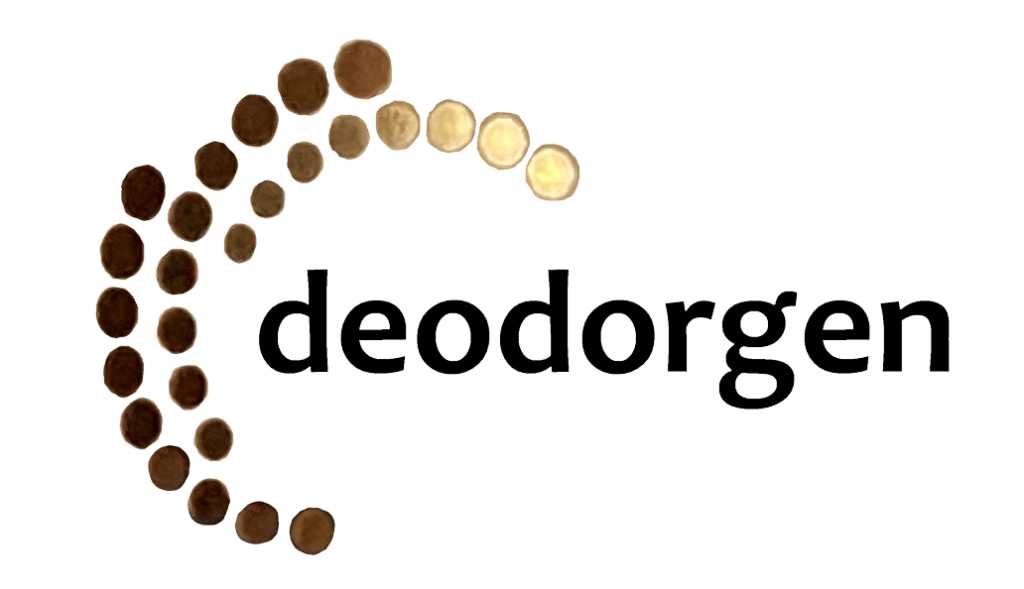Petroleum, Animal By-Products or Dyes
Animal By-Products
An animal in the hands of the agriculture industry is eventually going to die, just as we, wild animals, and our pets are eventually going to die. It’s the cycle of life.
Most agricultural animals are slaughtered humanely (but not all) for food and almost everything that is left over is called a by-product or co-product. Most by-products require additional fabrication such as hides into leather before the final product is ready for the market.
By-products from live animals like chicken eggs or milk and whey are valuable foods. When that production ceases, once again the dead animal is rendered into additional by-products. Our dog Maya is fond of dog food containing chicken, but it’s not the same chicken you would eat. Nevertheless by-products can be nutritious when consumed by other livestock, pets, and poor people.
So what is the big argument about by-products, and why do organizations like PETA (donate) exist?
First we will attempt to answer why PETA exists. PETA may disagree with us, but our sense as to why PETA is necessary is that many humans are not very rational, often cruel, and think that their vast intellects make them masters over all living things.
We hope that in spite of their genetic short-comings, these people whom we have insulted will be smart enough to purchase deodorme and eventually become nice people.
The answer as to why animal by-products are desirable and even necessary would require hundreds of pages. Too much for us to deal with here. Half of our readers have already tuned out.
A very short list of by-products to think about are: fat (lard, tallow), skin (leather), blood, milk, whey, eggs, gelatin, bones, blood, liver, pancreas (insulin), fish bones, fish oil (omega 3), collagen, hair, pig heart valves, bird feathers (pillows), absorbable surgical sutures, bees wax, adrenaline, and countless other hormones. These are all products that have commercial value because they improve the lives of humans.
Why we don’t use animal by-products.
We don’t use animal by-products because plants produce the substances we need at a far lower cost. It’s doubtful that animals produce the substances we need because plants use these substances to protect themselves from animals, including insects and microorganisms that would eat them.
Petroleum Products
The modern world is built on petroleum.
Petroleum or crude oil is carbon containing substances from beneath the earth. Often called fossil fuels, they may actually derive from enormous deposits of plant matter covered by rocks over millions of years.
Crude oil is refined into every imaginable product from gasoline, motor oil, and petroleum jelly to plastics and pharmaceuticals. And of course fuels to heat homes and generate electricity.
Oil is the feed-stock for a vast majority of things we see around us like asphalt, road oil, paint, and plastics. But there is a vast array of chemicals that bear little relationship to the crude oil from which they are derived.
Poloxamer 407 is one such product. It’s a is a water-soluble, non-ionic triblock copolymer made up of a hydrophobic residue of polyoxypropylene (POP) between two hydrophilic units of polyoxyethylene (POE) – in other words, a surfactant.
It’s widely used in toothpaste, lipstick, mouthwash, cosmetics, and as an excipient in drug delivery formulations. It helps oil based ingredients dissolve in water. As a result, it is added to compounds that would ordinarily be difficult for the human body to absorb. And it’s in a myriad of products that you absorb, like it or not.
Dyes
Historically dyes came from natural sources like plants and animals. Their use was purely aesthetic. From animals came the yellow of cow urine and indigo blue from a snail.
Plants gave a myriad of colors from the black of black walnuts, to crimson from Teak Leaves, and indigo from Indigofera shrubs.
Since the early 1900s, most dyes used for consumption in food were at first made from coal tar and later refined from petroleum. The FDA now permits 7 dyes, unapologetically called artificial food colors. They last longer and are cheaper to produce than dyes from plant and animal sources.
